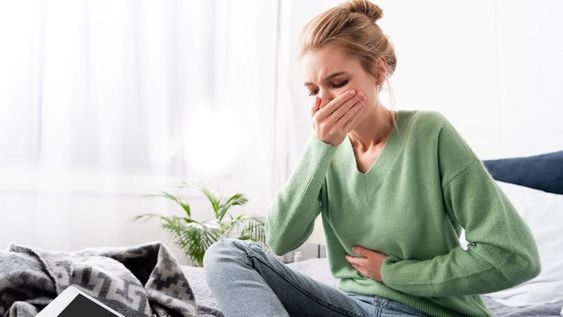Introduction
Diverticulosis is a condition that affects the digestive system, particularly the large intestine (colon). It's characterized by the formation of small pouches, called diverticula, protruding outward from the colon wall. These pouches are usually harmless and often don't cause noticeable symptoms. However, they can sometimes become inflamed or infected, leading to a more serious condition known as diverticulitis.

While diverticulosis is more common in older adults, it can affect people of all ages. The exact cause of diverticulosis is unknown, but factors like age, genetics, diet, and lifestyle are believed to play a role. In this blog post, we'll delve deeper into diverticulosis, exploring its symptoms, causes, treatment options, and preventive measures.
Understanding Diverticulosis
Diverticula commonly develop in the sigmoid colon, the last part of the large intestine just before the rectum. While most people with diverticulosis don't experience any problems, a small percentage may develop diverticulitis. Diverticulitis occurs when one or more diverticula become inflamed or infected, causing symptoms like abdominal pain, fever, nausea, and changes in bowel habits.
Symptoms of Diverticulosis
Most people with diverticulosis don't experience any noticeable symptoms. However, some individuals might experience:
- Bloating
- Cramping
- Constipation
- Diarrhea
If you experience any of these symptoms, it's important to consult a healthcare professional to rule out other potential conditions.
Causes of Diverticulosis
The exact cause of diverticulosis is not fully understood, but several factors are believed to contribute to its development, including:
- Age: The risk of developing diverticulosis increases with age.
- Genetics: Having a family history of diverticulosis might increase your risk.
- Low-fiber diet: A diet low in fiber can lead to constipation, which may increase the pressure in the colon and contribute to the formation of diverticula.
- Lack of physical activity: Regular exercise promotes healthy bowel function and may help reduce the risk of diverticulosis.
Treatment for Diverticulosis
For individuals with diverticulosis who experience symptoms, treatment typically involves:
- Dietary changes: Increasing fiber intake through fruits, vegetables, and whole grains can help regulate bowel movements and reduce pressure on the colon.
- Medications: Over-the-counter or prescription medications may be recommended to relieve symptoms like constipation, diarrhea, and abdominal pain.
- Surgery: In rare cases, surgery may be necessary if complications arise or if diverticulitis recurs frequently.
Prevention of Diverticulosis
While not all cases of diverticulosis are preventable, making certain lifestyle modifications can help lower your risk:
- Eat a high-fiber diet: Include plenty of fruits, vegetables, and whole grains in your diet.
- Stay hydrated: Drink adequate amounts of water throughout the day.
- Engage in regular physical activity: Aim for at least 30 minutes of moderate-intensity exercise most days of the week.
- Maintain a healthy weight: Obesity can increase the risk of developing diverticulosis.
Remember, early detection and management are crucial for preventing complications associated with diverticulosis. If you have concerns about your digestive health or experience any of the symptoms mentioned, don't hesitate to seek medical advice.





